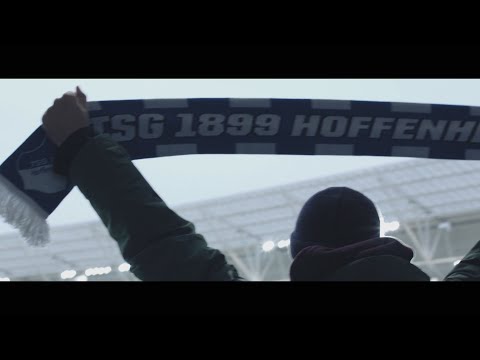In order to play soccer at the highest level in the long term, all parts of a club must work together perfectly. One of the most important aspects is youth work. German soccer club TSG 1899 Hoffenheim shows how software solutions can help develop talent.
In the German national soccer league the results achieved are always reset at the end of each season. Afterwards, the focus is on the future in order to prove one’s worth in the coming season. Professional sports clubs therefore depend on constantly reflecting on and improving their own practice.
“As a fast-growing club, it is our strategy to invest in innovation and young talent rather than in expensive player transfers,” Dr. Peter Goerlich, managing director of TSG 1899 Hoffenheim, explains. “It is particularly important to us to find out how we can use technology in a meaningful way and thus create a state-of-the-art environment for the development of our young talents.”
In SAP, TSG has long had a partner at its side to develop ideas together. As a result of this cooperation, the club not only uses intelligent software to search for new talent, but the development of already coached players is also supported by data analysis.
Capturing Potential with Data Analyses
“Soccer has to do an incredible amount with dynamics and stamina,” Goerlich notes. “That’s why we naturally look at the athletic data of our talents.” Wearable devices help reliably record performance. The TSG youth department also receives information about the speed or jumping ability of individual players. Thanks to their “Footbonaut,” a kind of ball-throwing machine, ball contact times and hit accuracy are also included in the analysis.
However, purely physiological data are not sufficient for an overall picture of the young player. Perception also plays a major role in soccer: Game situations must be correctly recognized and processed within fractions of a second.
To enable players to access untapped potential here, TSG 1899 Hoffenheim relies on the Helix training environment developed with SAP. Game scenes are virtually simulated on a screen around the viewer. This configuration helps the players improve their peripheral vision and concentration. Finally, subjective self-assessment is also incorporated into the overall picture; the aim is to obtain assessments that are as transparent and objectifiable as possible.

TSG 1899 Hoffenheim: Intelligent Sports Cslub
“This information is only of value if it can be used by all parties involved,” Goerlich says. In the past, data was not collected systematically and completely to evaluate it across departments. “The intelligent company means that we bring all areas together at one table. In this way, we enable our specialists to form a holistic picture of junior players and to take optimum care of them.”
The SAP Interactive Data Space meeting room makes this vision a reality. With an interactive meeting table and a seven-meter-wide glass touch screen, all of TSG’s sports and business data flow together. This information is then visualized using SAP Digital Boardroom, which provides insights from 200 million data points. In this environment, players, trainers, and specialists can discuss various scenarios in a focused manner.
On the basis of the player and team data obtained, the club then creates training programs that are adapted to the individual needs of the players. The talents have immediate access to these results via their smartphones. Thanks to SAP Sports One, they have insight into their own performance data and match scenes, which helps them better understand and improve themselves.
“We would like to support our young talents in making their big dream come true: the leap into professional soccer,” Goerlich summarizes.
SAP technology is an important part of this, and the results speak for themselves: “We have an above-average percentage of young players who become professionals.”



